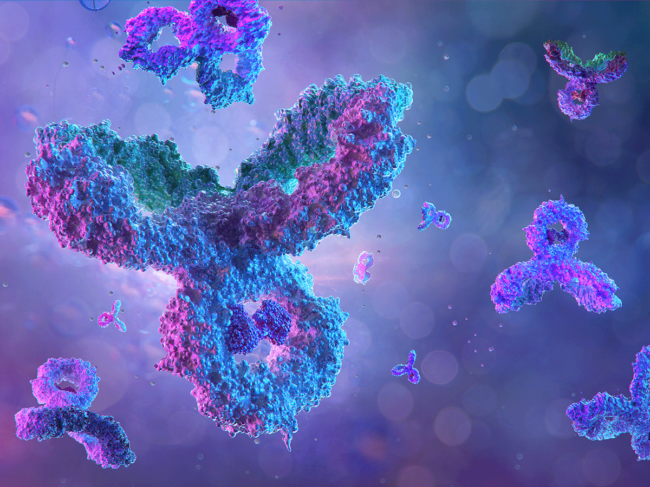
Drug design, drug delivery and technologies, BioWorld Science
Drug Design, Drug Delivery & Technologies
Matinas reports findings from in vivo studies of oral LNC-delivered small oligonucleotides
Read MoreDrug Design, Drug Delivery & Technologies
Next-generation genome editing tools surpass CRISPR milestone
Read MoreDrug Design, Drug Delivery & Technologies
Ono and Evqlv sign antibody discovery collaboration agreement
Read MoreDrug Design, Drug Delivery & Technologies
JCR and Alexion collaborate to use J-Brain Cargo technology for oligonucleotide therapeutics for rare diseases
Read MoreDrug Design, Drug Delivery & Technologies
Terray Therapeutics and Bristol Myers Squibb enter multi-target collaboration
Read MoreDrug Design, Drug Delivery & Technologies
Enhancing CAR T cells with degraders and ligases
Read MoreDrug Design, Drug Delivery & Technologies







